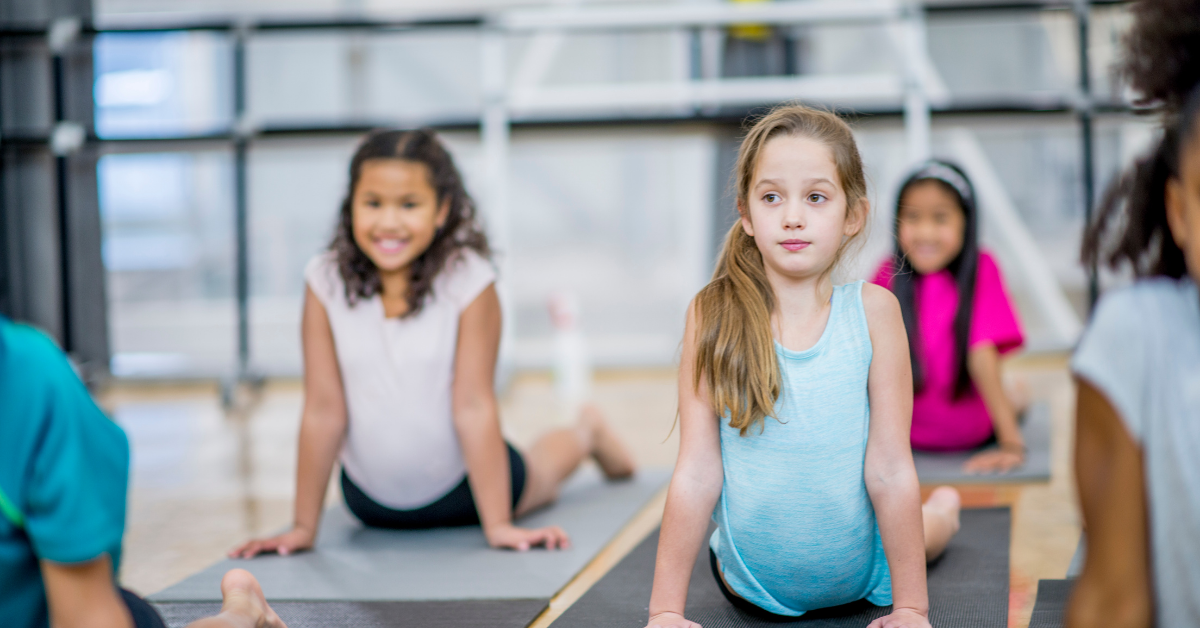Co-creation can be seen as the latest buzzword in education but what does it mean and could it help engage more children in their PE, School Sport and Physical Activity? This is what we are seeking to find out through our new Go Well HEART project.
Co-creation is different from consultation, which is where you ask questions, your class or working group responds and you decide the final outcome. Co-creation is working in partnership – you discuss ideas and proposals with your class or working group (co creators) and agree what you want to achieve. You develop the idea together and you decide on the goals and actions together. Everyone contributes; value is created collectively and everyone involved benefits.
Whilst co-creation can involve more work and take more time, it can ultimately lead to greater engagement and ownership and ultimately create programmes or activities that are more fun and enjoyable. It changes the dynamics of a programme or activity, moving pupils from being passive recipients to becoming active participants. Pupils can also feel empowered and listened to.
These outcomes sound great, but where do you start?
To be successful in co-creation you need to be clear on the type of engagement and how the final decision will be made – a collective, a majority, or will it be down to you or a chosen pupil to make the final decisions? An example of the scale of involvement in the decision-making process could be:
- I will ask and listen; your opinions are important, however I will make the final decision (Consultation).
- I will discuss and build it with you, and you will have an equal say in the decisions. We will vote on the outcome.
- We will discuss and build this together and we as a group will decide on how decisions are made..
What are the benefits of co-creation?
By introducing co-creation you are giving children the chance to start articulating thoughts, wants and needs, whilst also building empathy and understanding through collective decision making.
Co-creation encourages pupils to think outside of the box and apply what they have learned through other experiences. It helps them to understand goals and what they need to do to work towards these. It can also present solutions that we as adults may not have thought of.
How can co-creation help with PESSPA?
Developing an active lifestyle is vital for our mental and emotional health as well as our physical wellbeing, but for some children PESSPA can be a miserable experience, a time when they feel embarrassed and uncomfortable. Co-creation could be one way to address this. Giving children choice and involving them in project design and the decision-making process could lead to greater engagement and enjoyment.
It also reduces the level of ‘risk’ when introducing a new programme or activity. “If you build it, they will come?” If you build it with them, they are already there.
You can even co-create the co-creation process with the children! Discuss with your pupils how they would like to be involved and engaged. Some pupils may not want to be part of the process initially or may shy away from group discussion. Give more hesitant or reluctant pupils the chance to give their thoughts in an alternative way or let them observe discussion-based activities; they will see how it works and it may well encourage them to be involved in future sessions.
Tools to use as part of the co-creation process:
- Surveys
- Focus groups
- Activities that help children to formulate a contribution (Diamond 9)
- Reflections (experiment and learn)
- Debates
- Generating data and discussing it
Our top tips for successful co-creation:
- Start small – pick one part of PESSPA to co-create e.g. after school provision. See what works well with your children and spread this to other areas of PESSPA.
- Test and learn – part of the co-creation process is to do, review and evaluate. In a rapidly changing world we need to help children not to fear failure,but to be prepared to try, learn and adapt or improve.
- Be mindful – ‘they don’t know what they don’t know’. How can you help your pupils find out more to make informed decisions and contributions? How could you spark their imagination? Try using stories, videos or taster sessions/experiences. Remember that you don’t know what you don’t know either!
What to avoid:
- Tokenism – asking children for the sake of asking, to look good, to look on trend and not using the data effectively or ignoring it if it doesn’t fit your narrative or plan
- Entering co-creation with the outcome pre-formed in your mind
- Not being clear on how decisions will be made
- Making promises you can’t keep
How we are using co-creation at Go Well
We want to ensure that our programmes build on the activities that children enjoy. We believe introducing co-creation into our programmes will help ensure that being active is a positive experience for more young people. Earlier this term we launched the second phase of our HEART project. Over 2,000 children are helping us to test a series of activities over a 12-week period.
The ’mini-researchers’ are spending six weeks working through exercises set by our team and noting their thoughts and feelings about the activities. They then submit their own suggestions for the second half of the programme. These can be variations of existing activities or brand-new exercises. The second 6-week booklet of activities includes the children’s own games. This feedback and their contributions will help us to develop our understanding of the activities that they enjoy and stick with, and how these can be built into our physical activity programmes. We are also testing a co-creation approach and will reflect and learn ourselves on this process.
Further information on co-creation
James Hutton Institute – Is co-creation more than participation?
Integration and Implementation Insights – 8 strategies for co-creation



